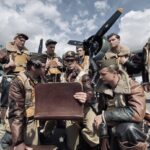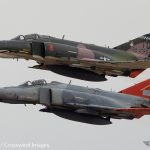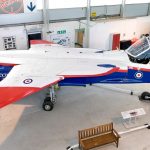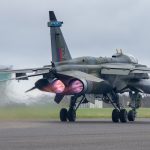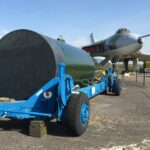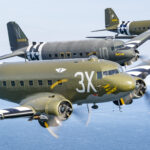By Stephen Chapis
The SEPECAT (Société Européenne de Production de l’avion Ecole de Combat et d’Appui Tactique) Jaguar was a collaboration between the British Aircraft Corporation and Breguet born in 1965 out of a British requirement for an advance supersonic trainer to replace the Folland Gnat and Hawker Hunter in Royal Air Force (RAF) service and a French requirement for an inexpensive subsonic trainer/light attack aircraft to replace the Fouga Magister, Lockheed T-33, and Dassault Mystére IV in the Armée de l’Air (French Air Force). The prototype Jaguar first took to the sky on September 8th, 1968, and the first French example entered service in 1973 and then with the RAF the following year.
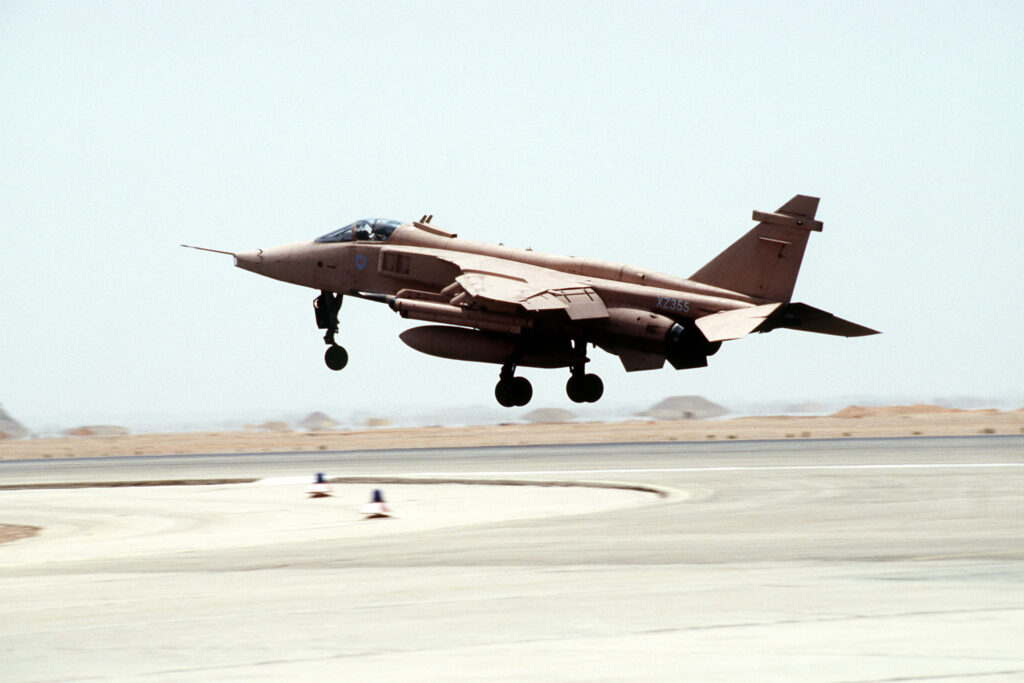
Though their numbers were less than many of other tactical aircraft of the era, the Jaguar fleet saw extensive combat in Mauritania, Chad, Iraq, Bosnia, and Pakistan. Of all these air forces, only India continues to operate the Jaguar and may do so for another decade.
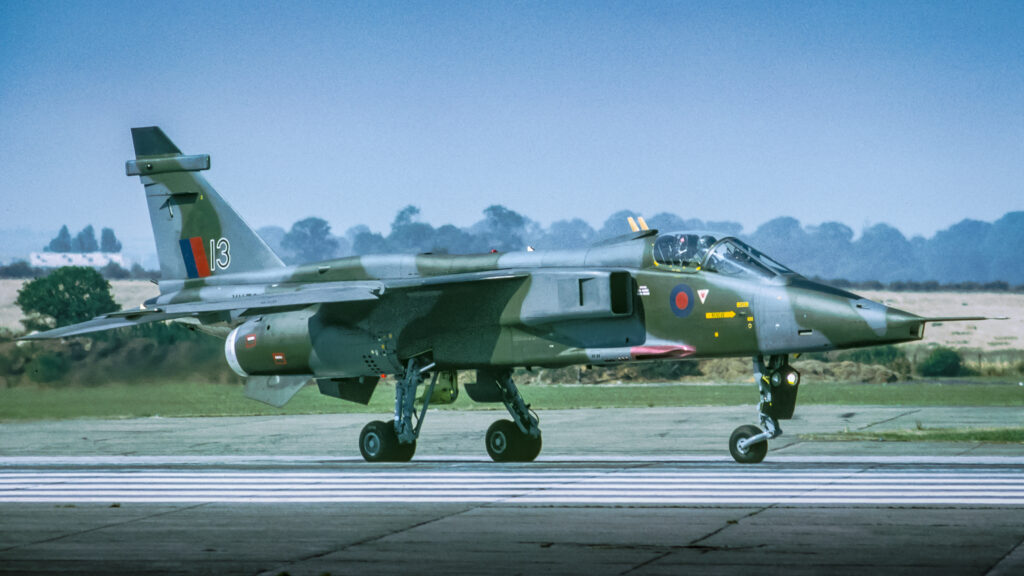
Aside from those still serving with the Indian Air Force and a handful in use as instructional airframes with the RAF, several Jaguars survive today on museum display or in private hands around the world including one at Enstone Airfield in Oxfordshire in the UK. This former Bomber Command airfield is currently used by motor gliders and small general aviation aircraft, which makes SEPECAT Jaguar GR.1 XX764 ’13’ stand out. This jet was delivered to 14 Squadron at RAF Brüggen, Germany in July 1975, but was transferred to 226 Operational Conversion Unit at RAF Lossiemouth in Scotland in November that year. Its final mission was as an instructional airframe at RAF St Athan with the serial 9010M. In 2017, Neil Atterbury found the gutted and neglected airframe on a farm in Woodmancote and moved it to Enstone Airfield with plans to restore the fighter.
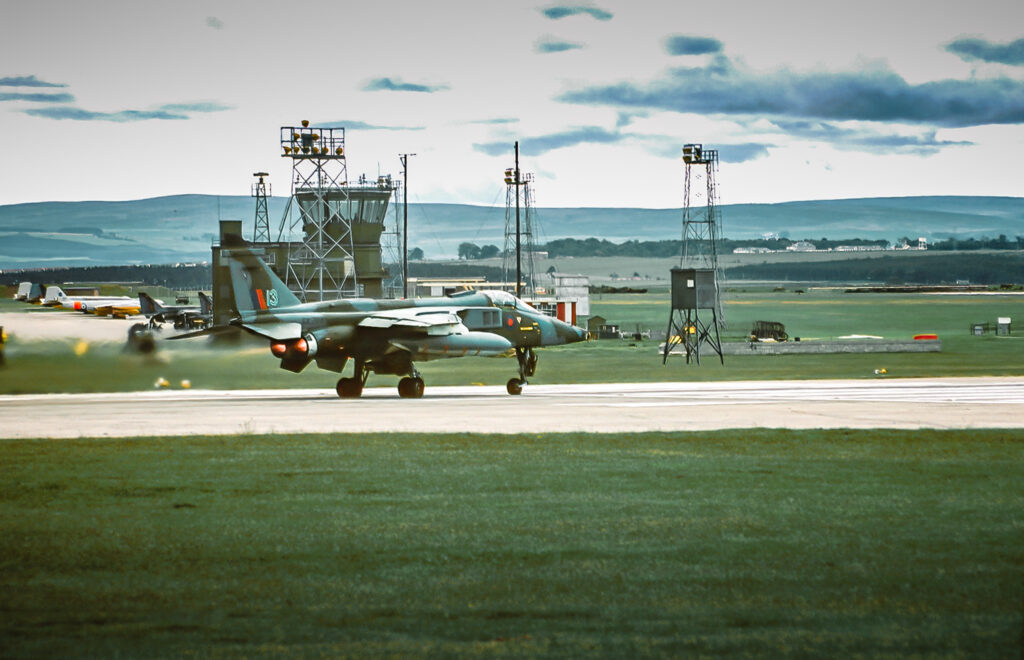
Once he took possession of the aircraft, he had to find an appropriate place to park it and since there wasn’t room for the Jaguar at his home, he began a search for an airfield. He spoke to officials at several of the airfields around his home and after a number of rejections, the folks at Enstone were happy to have the jet based at their small airfield.
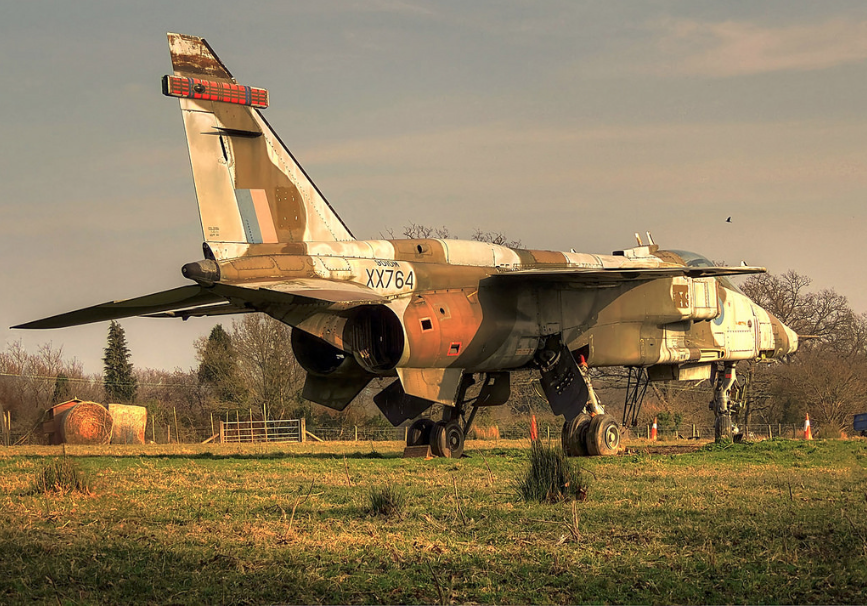
Atterbury’s choice of buying a Jaguar of the more glamourous Harrier or Tornado or the less expensive Jet Provost it came down to simplicity. He considered the former aircraft and found they were more complex than the Jag and therefore would cost more to restore. As for the other end of the spectrum: a Jaguar is more interesting than a Jet Provost. In addition, he had been collecting Jaguar parts years before he bought XX764.
Using SEPECAT drawings he acquired over the years, Atterbury is on eBay nearly every day hunting down needed parts and components. Even though the restoration will be cosmetic, he wants to have as many components installed in the aircraft as possible, so when one opens up a panel, that the correct equipment will be found inside. In the spring of 2021, a majority of the cockpit was complete, restoration of the in-flight refuelling probe and associated components was completed and was fitted that summer, and he was working on repairing wiring harnesses because he intended to have the ability to safely apply power to the aircraft. This task was completed in September 2021.
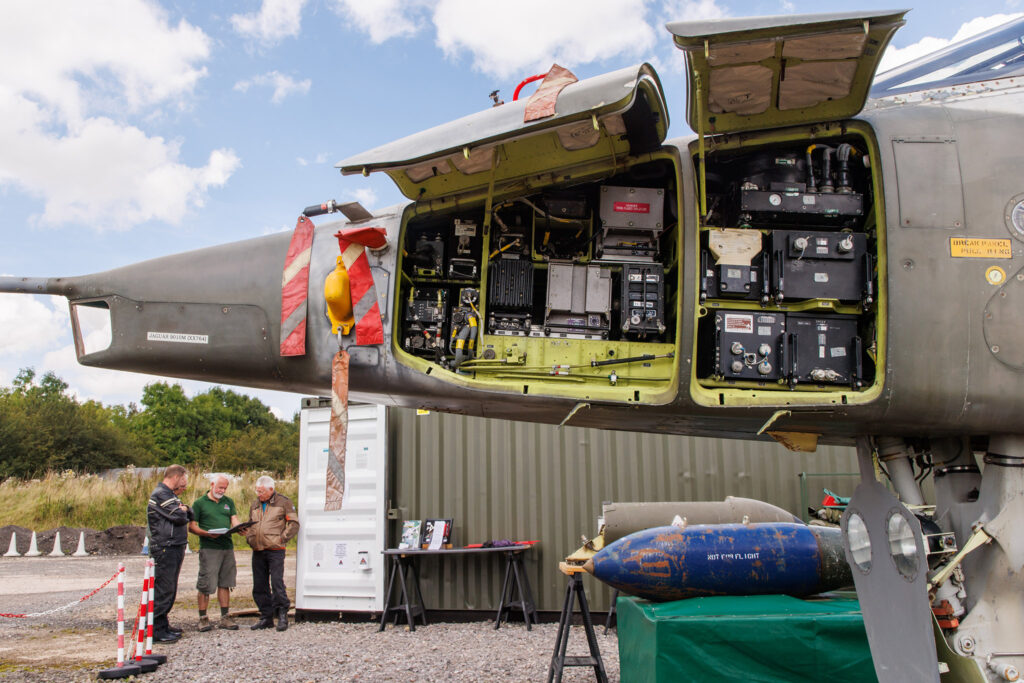
During the on-going process of cleaning the aircraft, Neil found a message scrawled inside a panel, “From Abington with all our love- Back to you with laughter”. The meaning of the message is a mystery, but it is certainly a unique and cherished treasure of this Cold War jet. Neil was also slowly working on removing decades of paint and in the process the insignia of 226 OCU revealed itself on the side of the intakes and the tail number “13” was found on the vertical stabilizer.
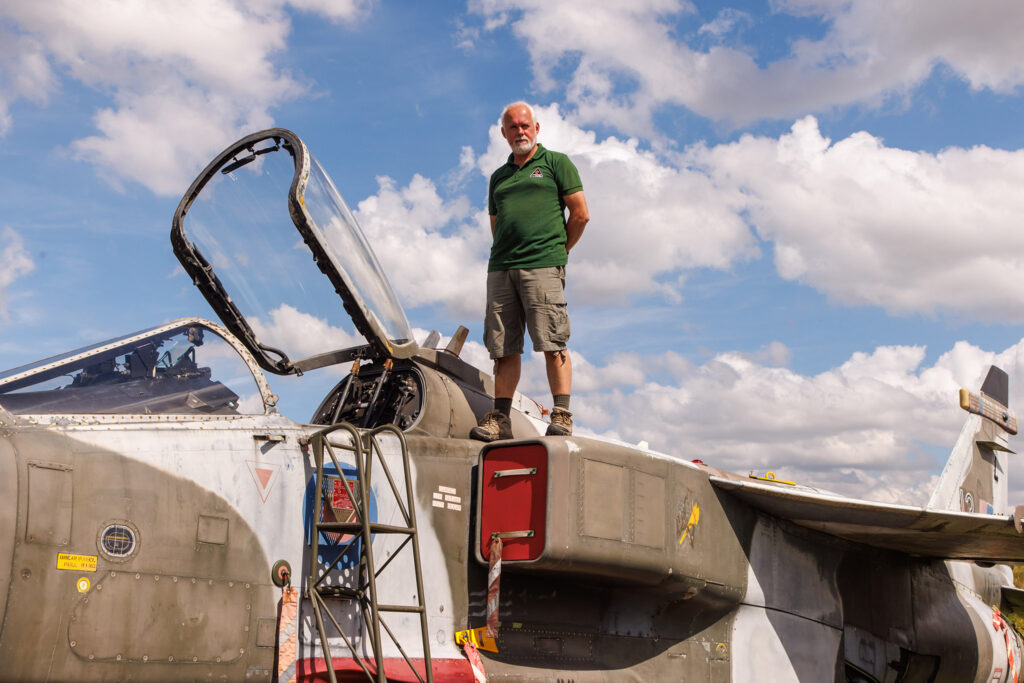
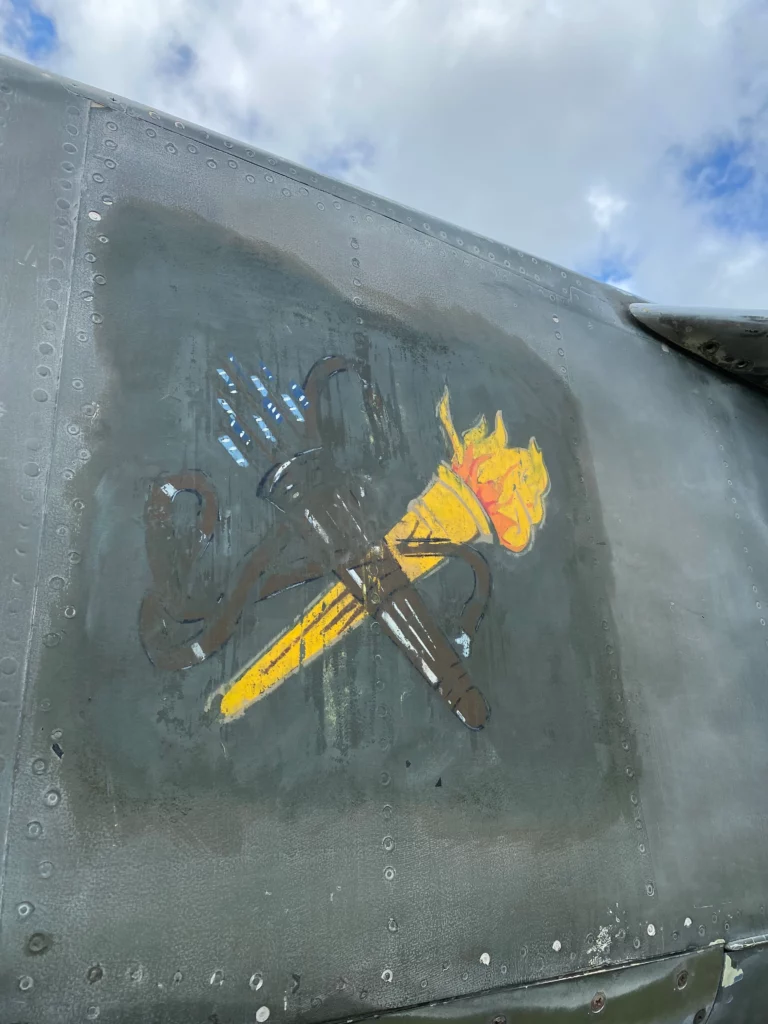
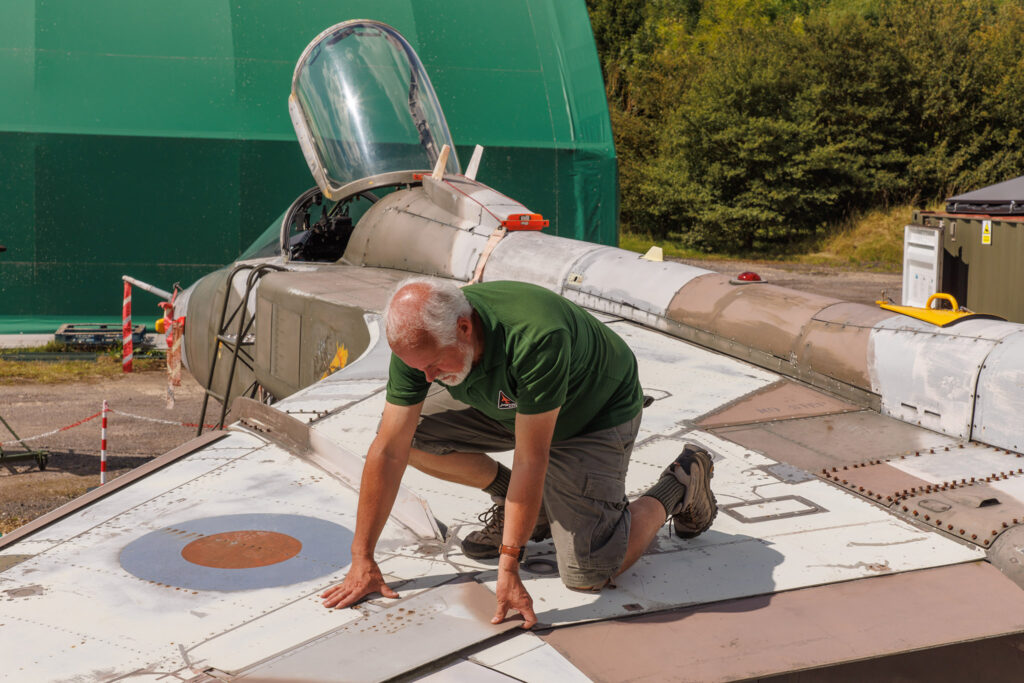
As winter approached, Neil buttoned up the jet for the season, which included a double layer of tarpaulins to keep as much of the weather out as possible. He then spent the winter collecting more parts and components. When spring rolled around, Neil pulled the tarpaulins off and found the cockpit in excellent condition. In April, Neil once again applied power to the aircraft to check the cockpit lighting and it looked spectacular. To add an air of authenticity to the cockpit Neil bought set of period RAF Low Fly charts and OS Map as well as a donation of original GR.1 Flight Reference Cards, because after all this project isn’t completely about cockpit switches, avionics boxes, and wiring harnesses.
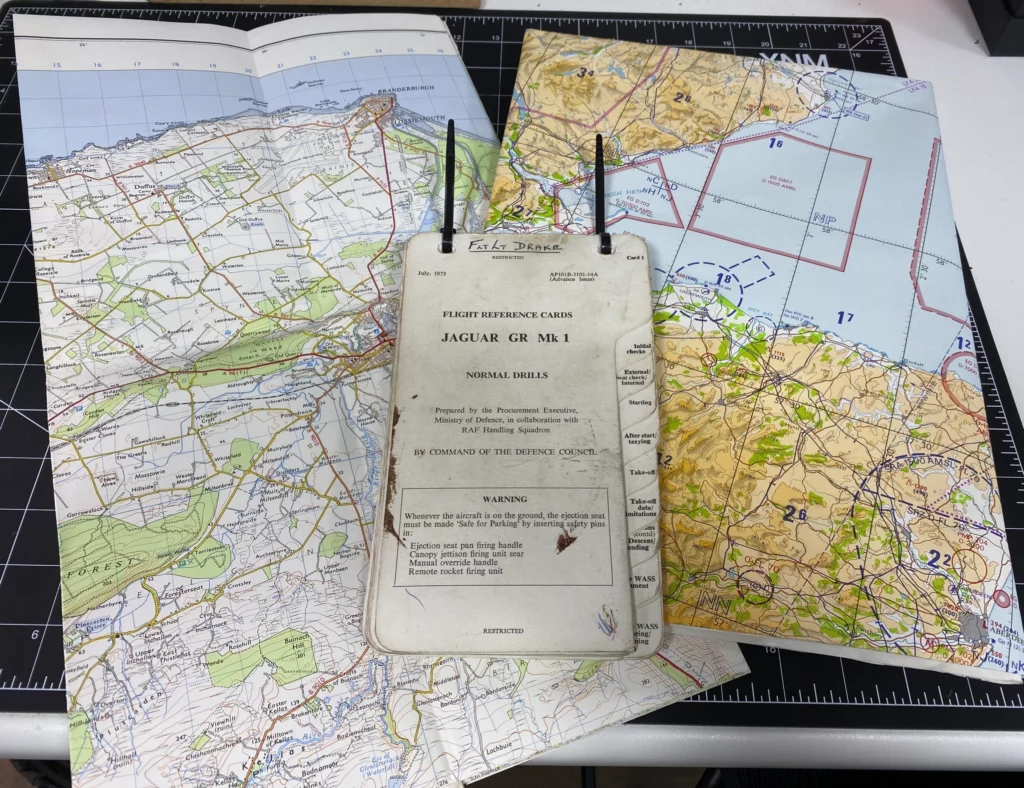
When working within the confines of the cockpit, avionics bays, and wheel wells, so much hard work can be difficult to see, but in the summer of 2022, Neil made some very visible progress when he installed the horizontal stabilizers. Since the beginning of the project Neil had been trying to locate a rudder damper assembly, but since it is still a current part for Indian Air Force jets, it was just not available. So, it appeared that the gaping hole in the leading edge of the rudder was to forever mock Neil. Then 21st century technology was about to meet a Cold War jet as one of the overhaul companies Neil had been in touch with offered to produce a 3D printed replica of the damper and its bracket in a single assembly. From there Neil fabricated a couple of linkages and painted the assembly. Once it was installed it was indistinguishable from the real thing.
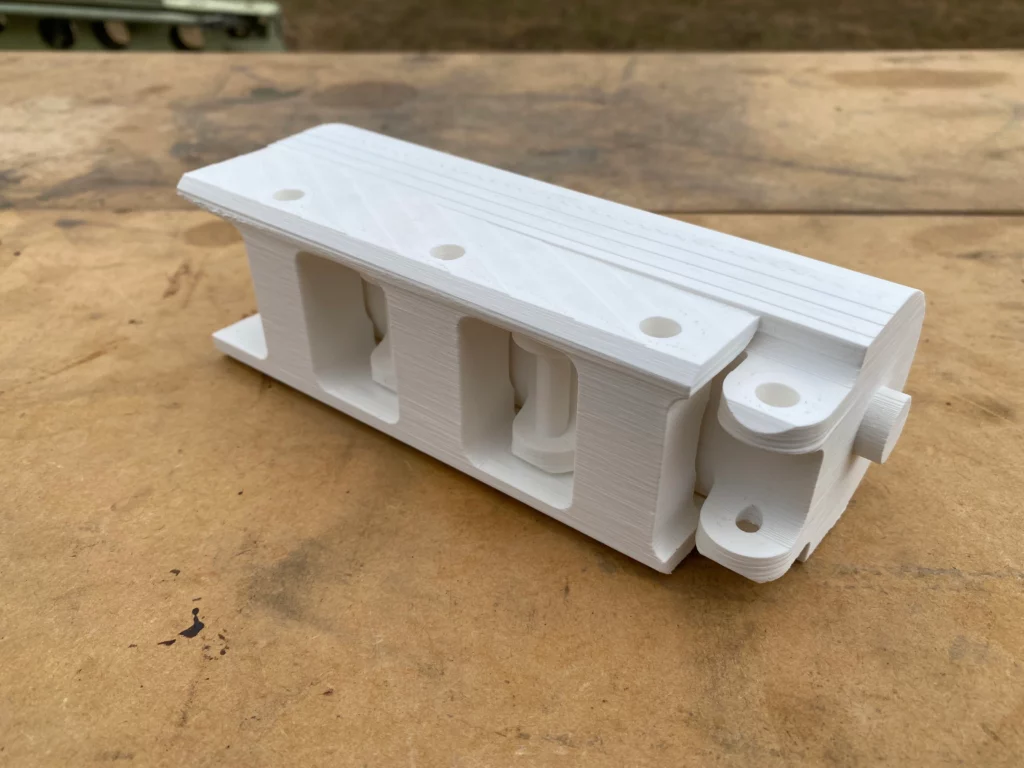
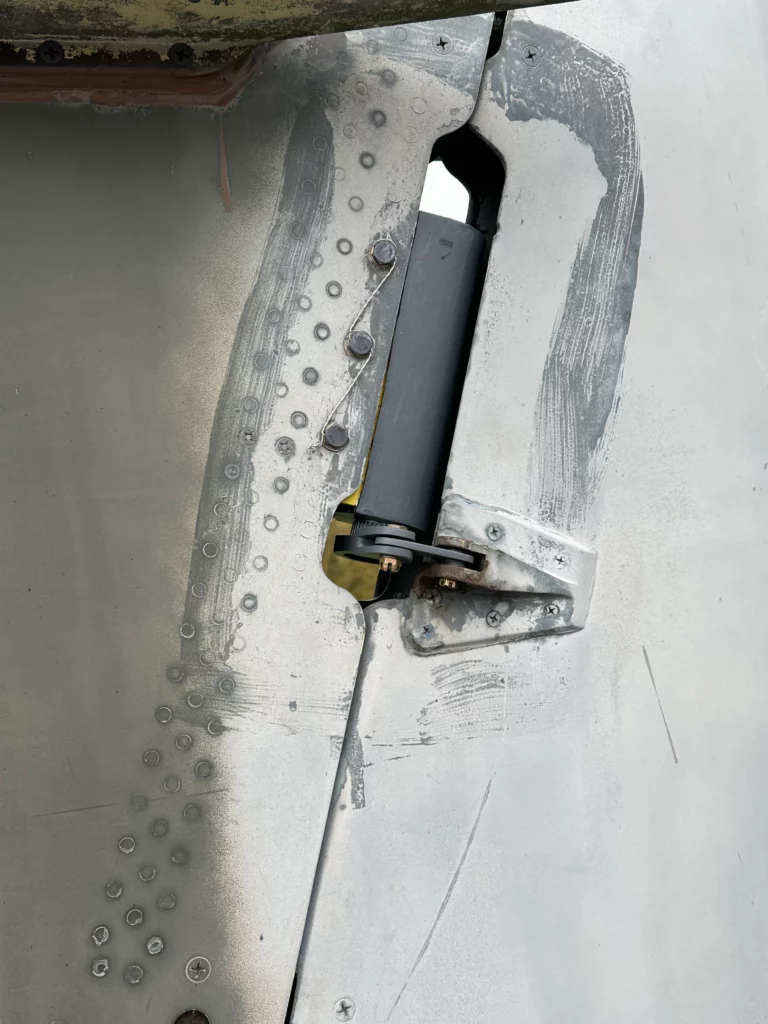
Throughout the remainder of 2022, Neil acquired a piece of ground support equipment, a nose cone for a Matra rocket pod, and some weapons loading equipment. He released more merchandise items in time for Christmas and between those purchases and donations he received at his monthly open houses, he was able to track down and purchase parts that he would need for 2023. Over the winter, Neil was able to score a center and tail section to complete the pod and an inert rocket.
Given that the jet will never fly again, Neil never intended to install a set of Rolls-Royce Turbomeca Adour engines. However, he did acquire enough parts of the rear sections of a pair of Adour and make it appear, at least externally, that XX764 was fitted with a pair of actual engines. Before he could assemble and fit the engines, Neil spent a considerable amount of time cleaning both engine bays and replacing damaged and missing components for both the hydraulic and fuel systems. When both engines were finally fitted in late summer, XX764 truly looked ready for its next sortie.
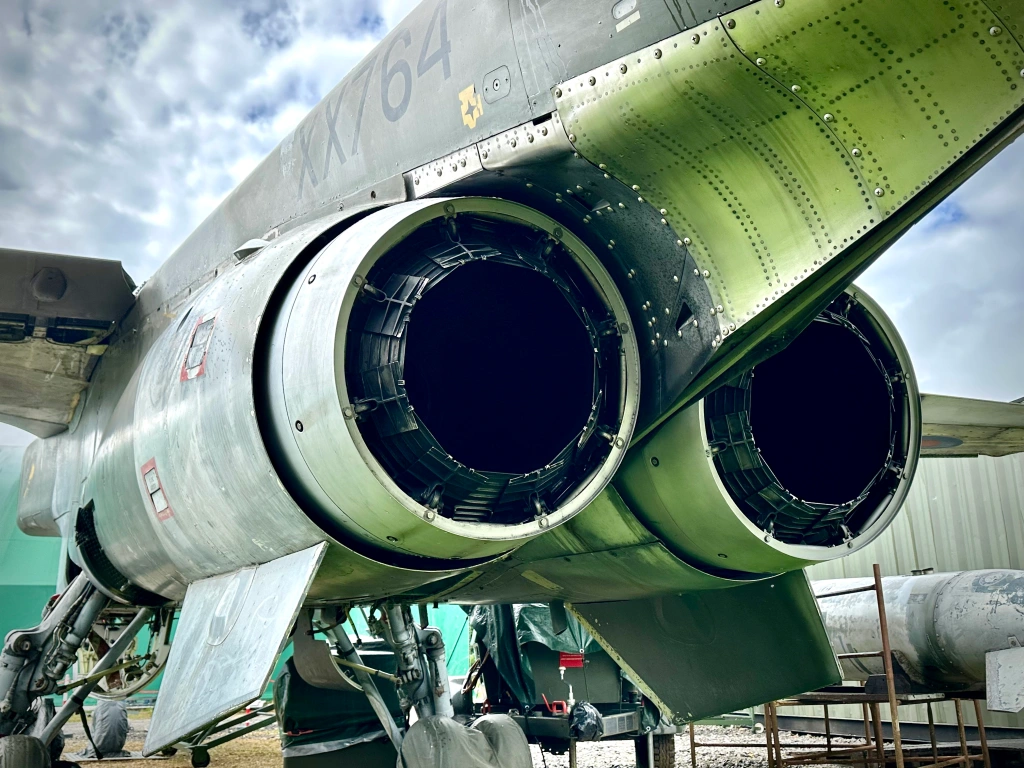
With Neil being so meticulous about having complete systems installed in the aircraft and the ability to apply power, one must wonder if he will eventually be able to have fully functional control surfaces. Philip Stevens of Target Aviation Photography asked Neil that very question to which he replied, “At the moment, no, but I’d like to think they will one day. I must be very careful; I’m not just going to put a rig on and expect it all to work. It has to be small steps. The Jaguar has a hand pump system where you could prime systems and put some pressure into it. So that would be my first step.”
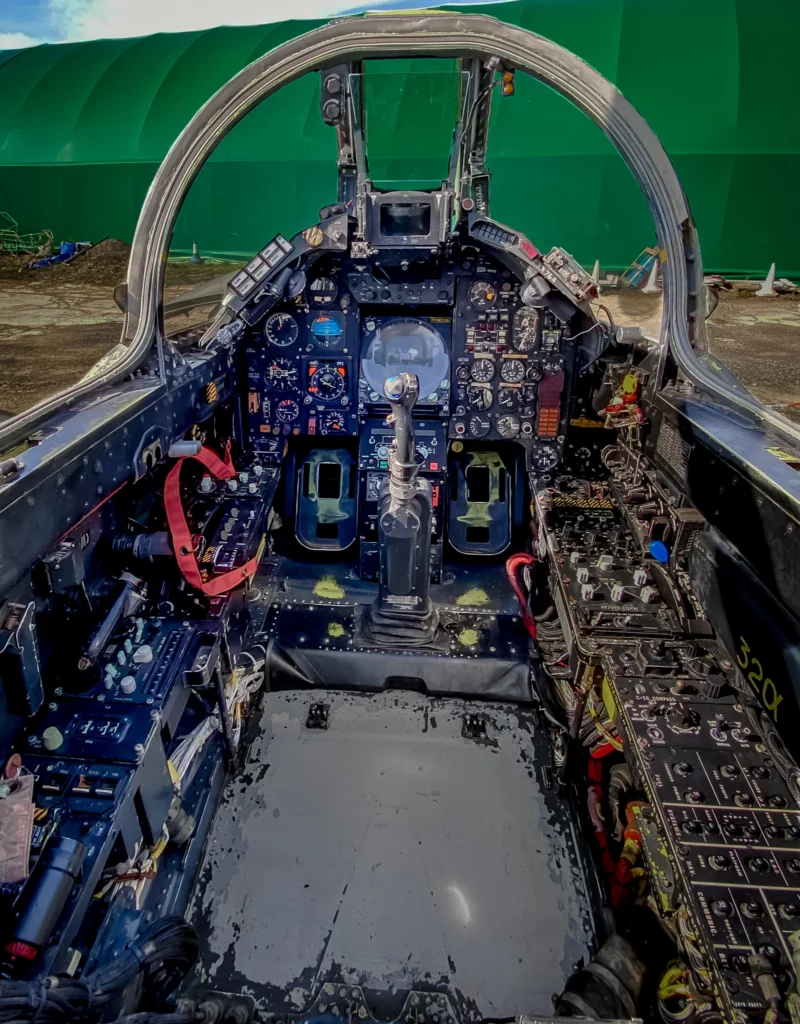
As this project progresses, Neil is quite content spending a thousand or more hours a year single handedly working on XX764. Like any restoration project whether it be a vintage aircraft, car, or house, Neil feels that the project will never be complete. “There will always be something to do, even if I consider something finished, I could go back and improve it. I know I’ll never make some of this kit work,” Neil told Stevens. To give XX764 the appearance of being complete, he hopes to repaint the jet in historically correct markings, perhaps with 14 Sqn markings on one side and 226 OCU markings on the other, so as to reflect its full operational history.
To keep up to date with the news on the restoration Neil regularly updates his Facebook page and his website. On the latter you can purchase XX764 merchandise and even make a donation. Merchandise can also be purchased on eBay. All proceeds go towards funding the missing parts he needs to make XX764 even more complete.







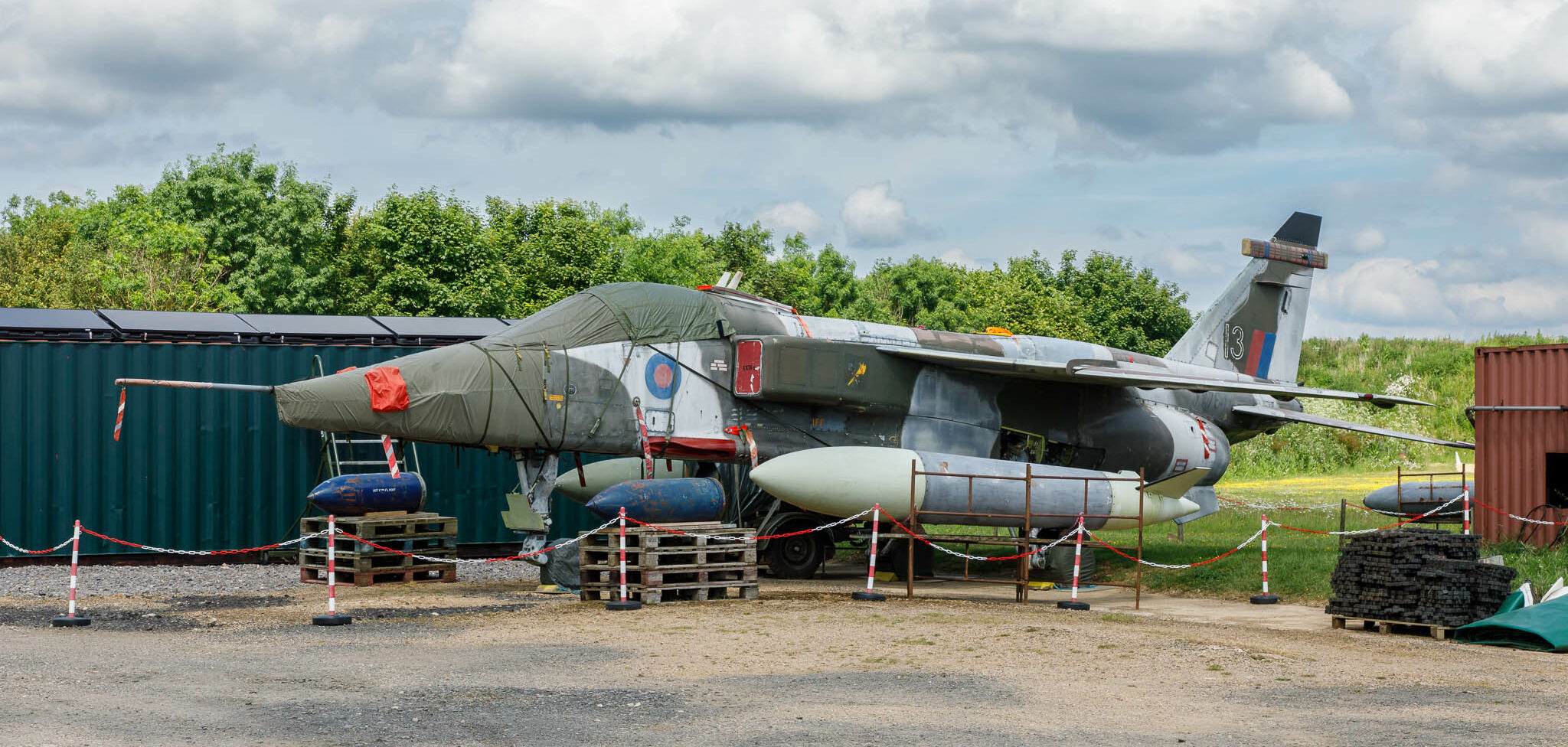

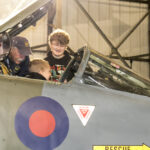
![Restoration Outlook for 2024 at Newark Air Museum 11 Avro Vulcan XM594 continues to receive attention for structural repairs and ongoing maintenance. [Photo by Howard Heeley, Down To Earth Promotions]](https://vintageaviationnews.com/wp-content/uploads/02.03.24-DTEP_Vulcan-XM594_7430-150x150.jpg)
